This event became the first US-supported intervention in Nicaragua.
Francisco Lacayo, a teacher in Nicaragua, explained to Prensa Latina: “The first thing Walker did in this country as president was to restore the slavery of blacks, while the born race had succeeded in disappearing, he said, because of its alleged impurities and incompetence at work.”
According to Lacayo, the Nicaraguans decided to expel Walker due to the pressure, involvement and interests of other Central American countries, and it was in the port of Trujillo in Honduras, that he was physically eliminated by the army of that country.
Then, between 1910 and 1912, there were successive landings of American troops, marking the beginning of the military occupation of the northern nation of Nicaragua, which officially ended in 1925, but resumed in 1926.
According to Lacayo, this year began the so-called constitutional war between conservatives and liberals, under whose leadership General Augusto Sandino recruited.
On May 4, 1927, a betrayal of the Espino Negro Agreement occurred, as reported in the negotiations on Nicaragua’s national sovereignty.
The agreement was imposed by US Presidential Representative Henry Louis Stimson on the conservative government of Adolfo Díaz, who requested support from the US Marines to remain in power and from the General-General of the Constitutional Revolution, José Maria Moncada.
The surrender of the liberals, their disarmament, and the establishment of the National Guard, which would later become the guarantor of the Somali dictatorship, were part of the agreement.
General Sandino, far from capitulating, ignored the agreement and recognized the continuation of the struggle for national sovereignty and the right to self-determination.
“They entered (the United States) from the end of the 19th century until 1934, when Sandino took them out, and then they killed Sandino and put Somoza in. That was the North American intervention here,” Lacayo summed up.
SOMOCISTA DICTATORSHIP, IRON HAND
According to historical observations, since 1937, Anastasio Somoza led Nicaragua with an iron hand, reformed the Constitution and allied with the United States, the country that supported his dictatorial regime.
According to political analyst Manuel Espinosa, after the assassination of Sandino, the Americans were able to dismantle the combat unit in Nicaragua against Yankee intervention, because they installed a National Guard through a military and familial dictatorship that lasted for several decades.
“I think the greatest aggression of the United States against Nicaragua was to maintain a puppet government for 45 years that responded to the interests of the White House,” Espinosa said.
How do you kill Somoza?
During that period, the Somoza family enriched itself unscrupulously, while the city was increasingly unprotected and poor.
Thus, for many Nicaraguans at the time, it was necessary to find a mechanism to remove said administration from power and install a government of social justice.
“In the 1960s, there were many sporadic expressions of the struggle against this regime to overthrow it, until the establishment of the Sandinista National Liberation Front, which had a much more solid program of struggle,” Spinoza explained.
According to the expert, the victory of the Cuban Revolution acted as a catalyst for the emerging power of the Sandinista National Liberation Front, showing that it was possible to eradicate this type of tyranny.
The Director of the Regional Center for International Studies (CREI) stressed that “the FSLN’s sole objective is to destroy the Somochista dictatorship that was an expression of the Yankee Seas here with tyrannical Nicaraguans, trained to assassinate their own people.”
In June 1979, after launching the FSLN’s final offensive, the rebellion across Nicaragua was suppressed by National Guard forces, who bombarded the civilian population and killed anyone suspected of supporting Sandinismo.
However, the Sandinista revolt was able to be victorious that year, while Somoza fled abroad.
80s
The victory of the Sandinista Revolution, 20 years after the Cuban Revolution, raised fear in the government of the then President of the United States, Ronald Reagan.
“They could not prevent the victory of the Sandinistas and considered this a great communist threat, the reproduction of socialist Cuba and the extension of Soviet satellites,” stressed the director of the center.
For these reasons, under the pretext of preventing the expansion of communism in the region, Washington started another war in Nicaragua to overthrow the Sandinista Revolution.
As Espinosa said, a week and a half after the victory of the revolution in Nicaragua, the Central Intelligence Agency (CIA) began planning to overthrow the Sandinista government. The said measures became effective with the constitution of what they called “La Contra”.
The analyst emphasized that “the United States was supposed to organize this force with only 500 men to prevent the supposed shipment of weapons from Nicaragua to El Salvador, but in reality it was a complete war strategy using mercenaries.”
According to researchers on this topic, the Reagan administration devoted itself to the conscription of thousands of peasants, and it is assumed that 500 men were going to start the project with them, at the end of the war, more than 20 thousand were laid off.
“So the initial idea was a lie from the United States government. The Contras increased in number and their operations intensified, and the attacks had nothing to do with preventing the arms trade they invented,” Espinosa emphasized.
In this sense, political analyst Jorge Capilan commented for Prensa Latina about the deep hatred of the Sandinistas at the time by the counter-revolution and the US government itself, to the point that a manual of psychological processes was created.
“It was a criminal book, in which it was explained what kind of torture should be applied to the captured Sandinistas,” explained Manuel Espinosa.
One of the members of the Political Directorate of the Counter-Revolution denounced these events, and the US Congress began to impose sanctions on the financing of the Contras.
President Reagan ordered the Director of the Central Intelligence Agency to secretly search for a way to finance the Contras in the Central American country.
“In addition to the arms sales they did with Iran using Israel and drugs with the Colombians, they also got funding from several countries like Saudi Arabia, Taiwan and the Philippines, all of this channeled through the CIA,” Espinosa added. explained.
According to official data, the number of dead here at the end of the war was estimated at 50,000, in addition to hundreds of maimed, while the cost of economic damage was estimated at $17 billion.
Despite all the measures taken to overthrow Sandismo, the United States did not achieve its goals through armed means, and in 1990 the Sandinista National Liberation Front lost the elections and with the support of Washington and the CIA, Violetta Barrios was elected president.
The FSLN, headed by Daniel Ortega, returned to power in 2007, after 16 years of neoliberal governments.
Failed strike
When Nicaragua achieved important social achievements such as education and health, and had a stable economy that experts consider one of the best in the region, the United States again attempted to overthrow the government through a failed coup in 2018.
“What the United States and the European Union have done, because they have worked together, is to create a swarm of toxic NGOs that focus on the one hand on the media and on the other hand, on young people who are looking for ways to influence them,” the analyst explained. Jorge Capilan.
According to Capellan, they turned the (private) University of Central America into a right-wing media center, bringing it very close to what would later be used as a platform for all actions against the government.
They manipulated public opinion. For example, they set fire to the tires of cars and put a group of paparazzi, and in the end there was no one around that fire.
“All this was prepared by US Ambassador Laura Dogo and a group of advisors during the so-called unconventional war,” Capellan said.
In the analyst’s opinion, the National Endowment for Democracy, the US Agency for International Development (USAID) and the European Union have funded sectors such as the Chamorro Foundation, as well as “youth movements”, “environmentalists” and “gender”.
According to data released on the digital platform TheGrayZone, with the aim of financing media opposition in Nicaragua, between 2014 and 2021 the Chamorro Foundation alone received more than seven million dollars from the US Agency for International Development.
During the period that the failed coup attempt in Nicaragua continued, the Organization of American States (OAS) also played its destabilizing role.
“Although he was initially willing to promote dialogue, when the coup began to lose steam and began to be defeated, the Secretary-General of the Organization of American States, Luis Almagro, acquired a directly inappropriate image in Nicaragua,” Capellan stressed.
Thus, for more than 150 years, the attempts of the White House to control the country of lakes and volcanoes did not stop, so that today Nicaragua is another victim of US interventions.
arb / ybv

“Unapologetic tv specialist. Hardcore zombie trailblazer. Infuriatingly humble problem solver.”

:quality(85)/cloudfront-us-east-1.images.arcpublishing.com/infobae/SZMQWZ7Z3VAEDHXAXZ67YE2FPA.jpg)


:quality(85)/cloudfront-us-east-1.images.arcpublishing.com/infobae/3CHX3B56G5GFDEOLCXTLPDLR3I.jpg)

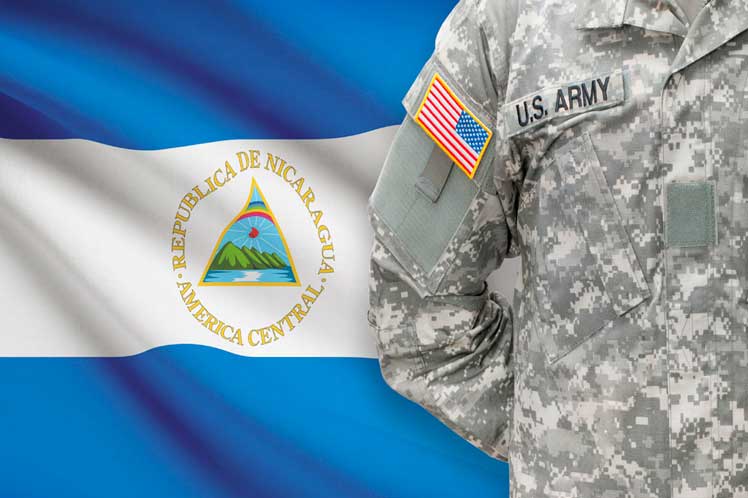
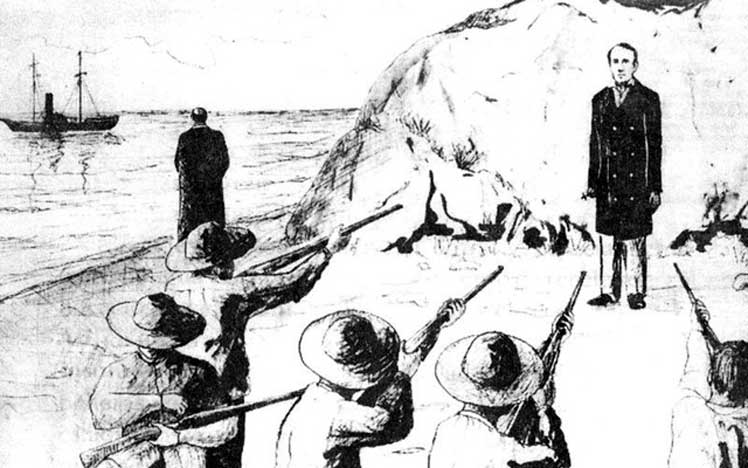
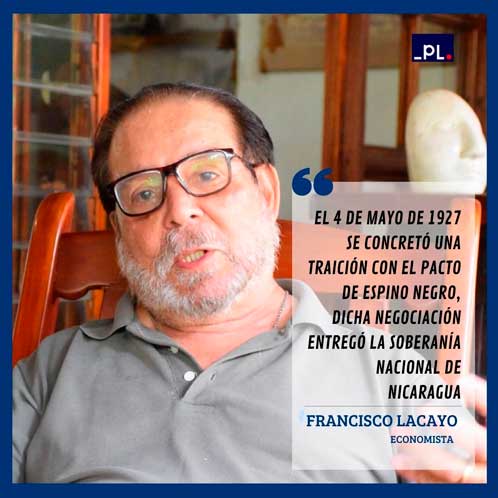
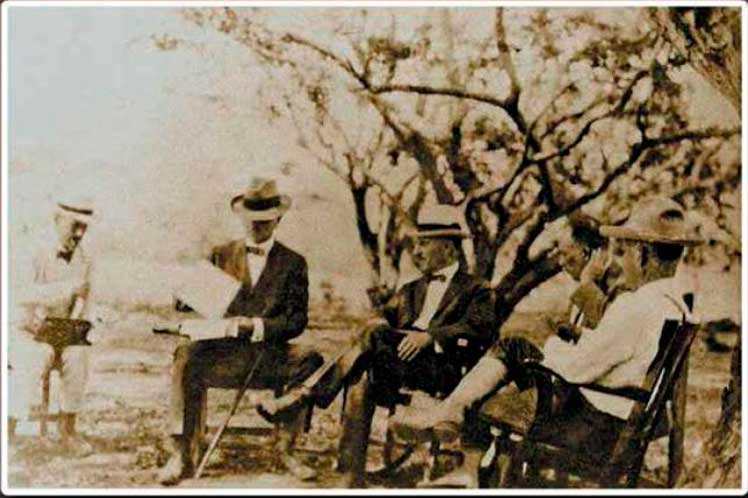
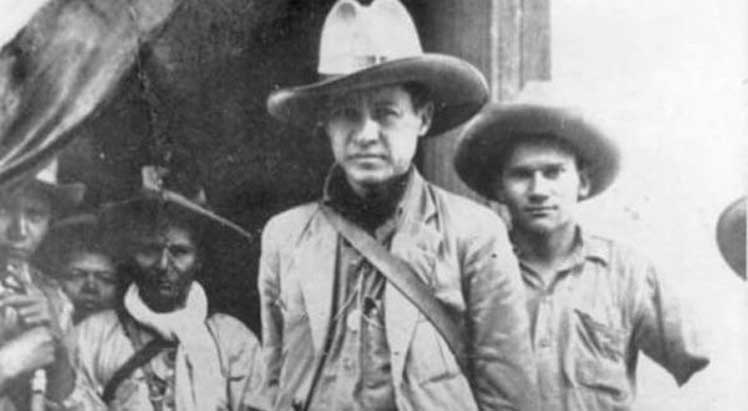
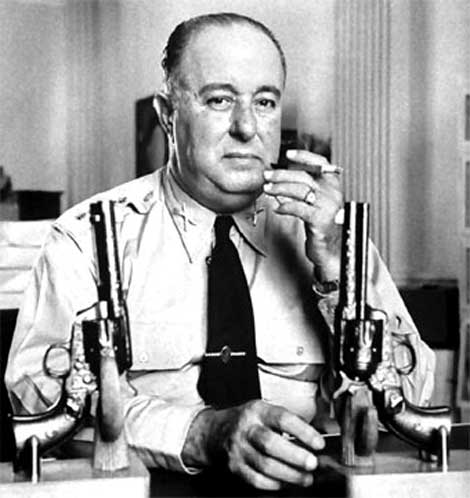
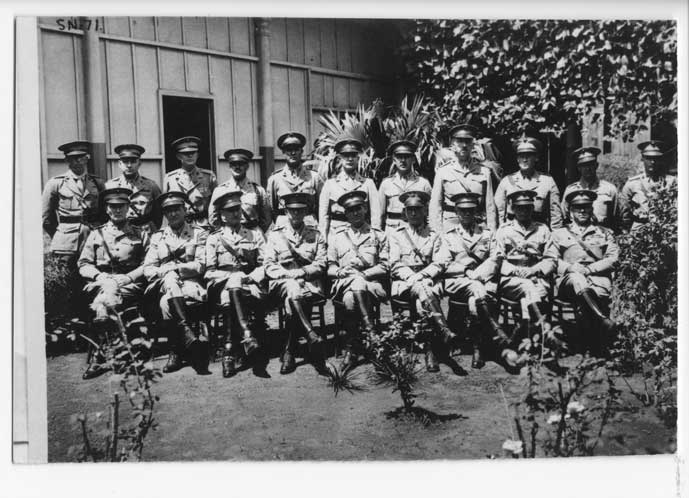
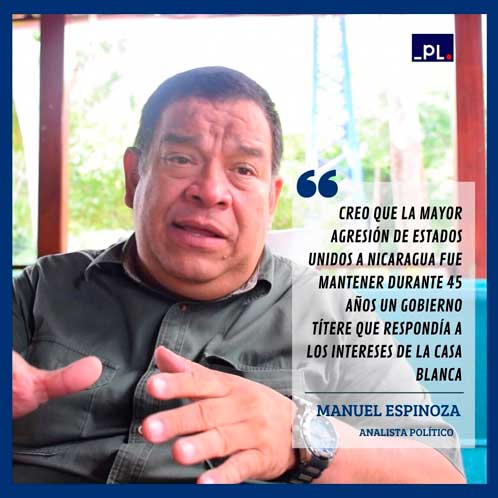
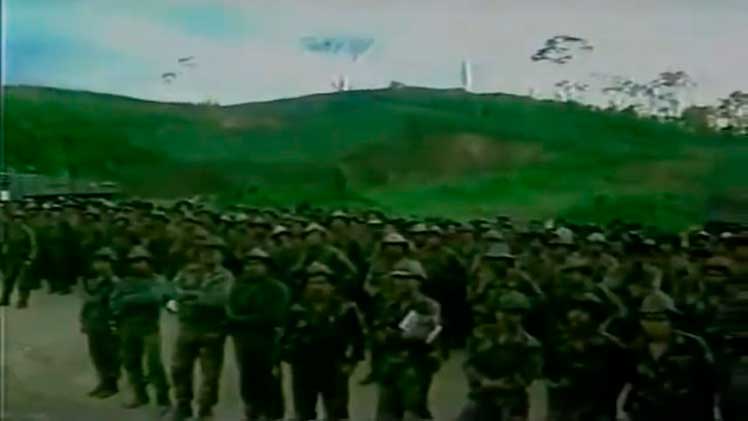
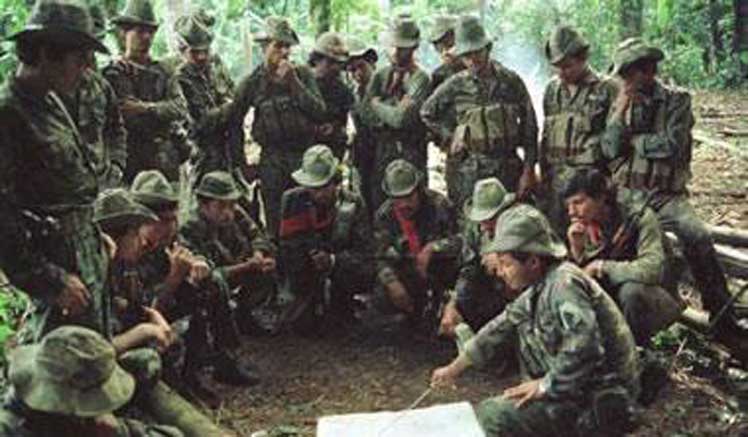
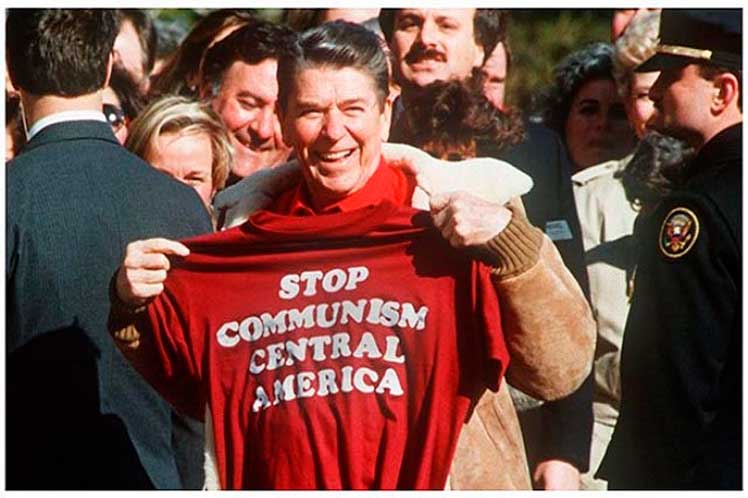
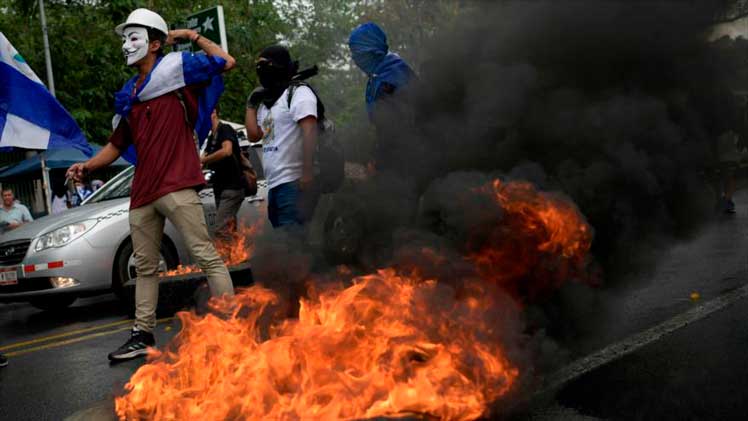
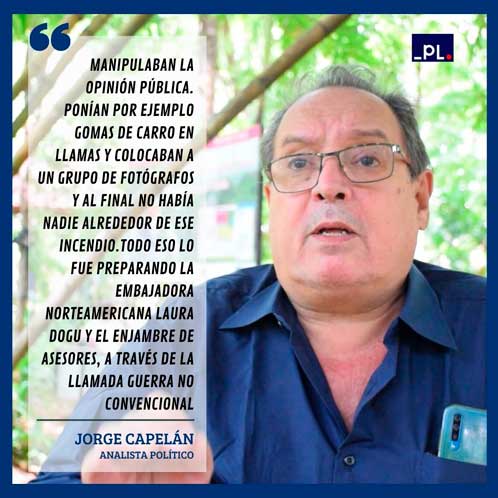
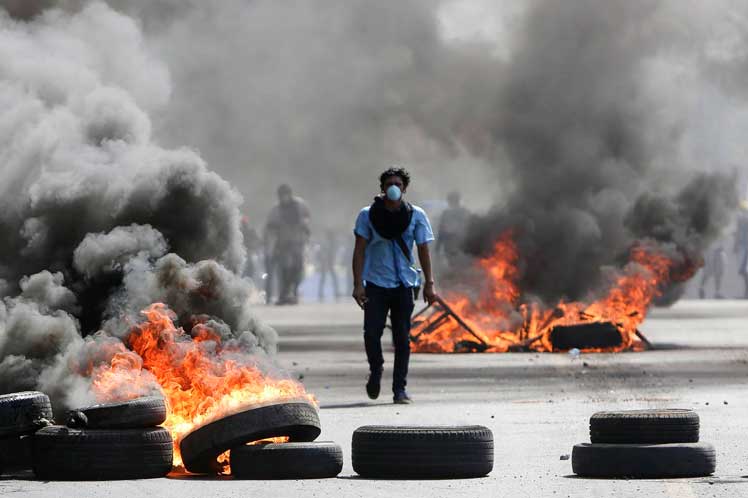
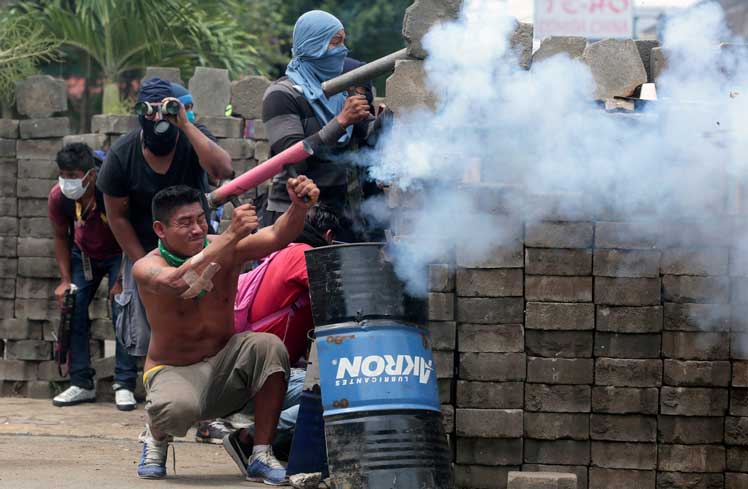
More Stories
Maduro receives leaders participating in the ALBA-TCP Summit
Cuba: The United States responds with deception to refuse to collude with Israel
Breaking news on Iran, Israel's war with Hamas, and the situation in Gaza, live: news, reactions and more